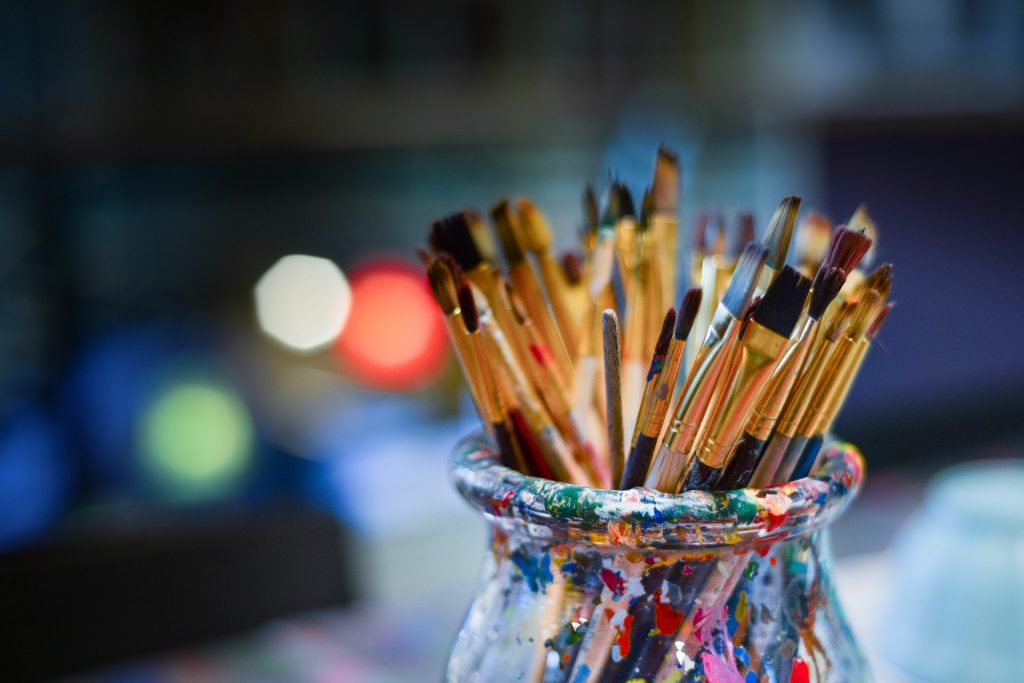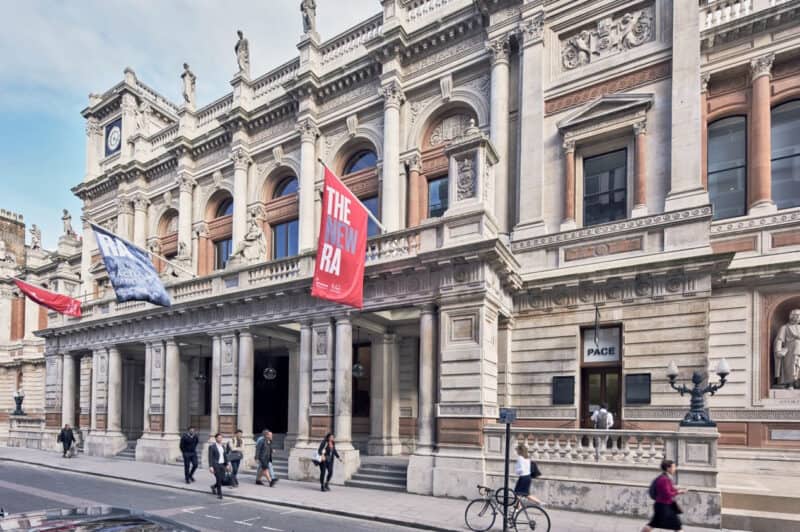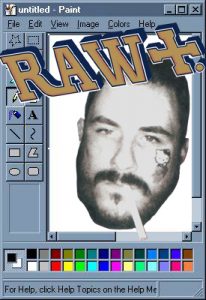
Given that my day job involves writing an online essay writing service review, I am closely tied to and fascinated by Academia.
An appreciation of arts is integral to the human experience, and it seems built-in to our very being. While science remains the linchpin of humanity’s progress, a civilization’s art represents its soul and spiritual calling card.
While it is not a precise science, art does need to be taught. Not everything is art, and contrary to what many may believe, beauty is not subjective. There are rules, proportions, and symmetry ingrained in reality itself, and you can teach children to see and appreciate these beautiful patterns.
Yet, when times are tough and resources are getting shy, some suggest that arts education is not necessary; thus, it can be eliminated. While science education provides immediate benefit and pays for itself, culture and art offer a very slow boil. The rewards are just as meaningful, yet they are more subtle and harder to see.
Let’s take a look at some of the benefits of art education:
Cognitive function
When contemplating beauty and art, your brain lights up like a Christmas tree. Artists see patterns in a seemingly uncaring and chaotic world. This not only lends itself to improved mental stability but also improves cognition.
New evidence suggests that learning music improves language skills, verbal memory, and reading ability. These are universally applied skills. It will help your child even if he wants to become a lawyer or a businessman.
Arts are not as isolated as other subjects. For example, those who wish to read a novel set in the 18th century will not understand much without understanding that period.
A musician implicitly understands how soundwaves propagate through the air and the bones of our skull. In addition, music theoric is oddly similar to mathematics and fractions in particular.
Whatever the art, it will bridge many subjects and act as a synthesis for the human experience. As a reward for learning it, your ability to speak and understand the world will improve.
Culture, unity, and political stability
Living in the 21st century, we are lucky enough to live in societies and cultures that have been established for thousands of years. A common culture is essential for forming a nation; it is a peaceful method of bringing people together.
People worldwide can bond over their shared love of certain myths, songs, sculptures, or theatrical plays. Love of art regularly brings together people who would have no other reason to coexist or even exchange words.
Also, art strengthens the bonds of loyalty towards one’s parent nation and can promote and inflame the civic instinct. It can bring us closer to our cultural roots, giving us a sense of stability and identity.
Many identities are manufactured by culture. For example, from the 80s up until the early 20s, young people used to identify with their music style choice. Subcultures would be formed around Rock, Rap, or Punk music.
Communication
The greatest revolution in human history wasn’t the rocket, the atom’s splitting, or even the internal combustion engine. By far, our greatest ability is that of communication.
Every creature, no matter how magnificent and complex, is an island locked inside its own mind. Sure, you can express a lot through grunts, yelps, and body language, but it stops there.
Humans can speak, encoding reality into sounds. This opened the gates to immortality as we started to pass on our collective experiences. No longer were we islands locked in our minds.
Now, all humans can speak, but not all of them are good at it. In fact, history is peppered with geniuses who had brilliant ideas but could not relay them to others.
In business, in science, even in love, you have to learn how to express yourself and make a convincing pitch. Otherwise, your talent will be wasted.
Thankfully, art specializes in teaching people to express themselves through various media. Children can be taught to use words and paint, musical sounds, rhetoric, etc.
Whatever the medium, the student will get better at exposing his interior reality, an ability otherwise known as communication.
This skill will bleed over to other sections of his life, increasing the chance for personal and professional success.
Mental Health and Spirituality
Even before Covid, modern societies were already going through an epidemic. Depression has been crowned the disease of our century. In fact, mental disorders are more and more common, especially among young people.
Arts education can give you access to one of life’s primary pleasures. The pleasure that comes with enjoying art can often take away the sting of a troubled life.
Many musicians claim they receive letters from people claiming that “your music saved my life,” or something to that extent.
Of course, it depends on what art the students are choosing. Some art is designed to amplify angst or pain. Still, in general, art’s beauty will often offset the bitterness of depression, loss, and pain. The joy of fine art is somehow more than a carnal pleasure, such as eating. It is spiritual.
More and more students are diagnosed with mental disorders or depression, and nobody has an answer. Neither do I, to be honest.
Yet, there is something to be said about the strength that comes from a soothed soul. Spiritual people are notoriously stable and robust. This resilience can come in handy when growing up in a troubled and chaotic world.
Conclusion
Science represents the pragmatic side of the human intellect. It is cold and results-based and cannot offer answers to questions past the physical dimension. On the other hand, art represents the enigmatic, spiritual, and ephemeral part of the human experience.
Although art theory has codified certain parts into hard science, that elusive, almost mystical spark remains.
If you do not care about any of this, you can still measure the benefits of going through arts education. Cognitive improvements and increased cerebral plasticity can be measured. Even the most cynical among us can always think of art as a great workout exercise for a growing conscious mind.








